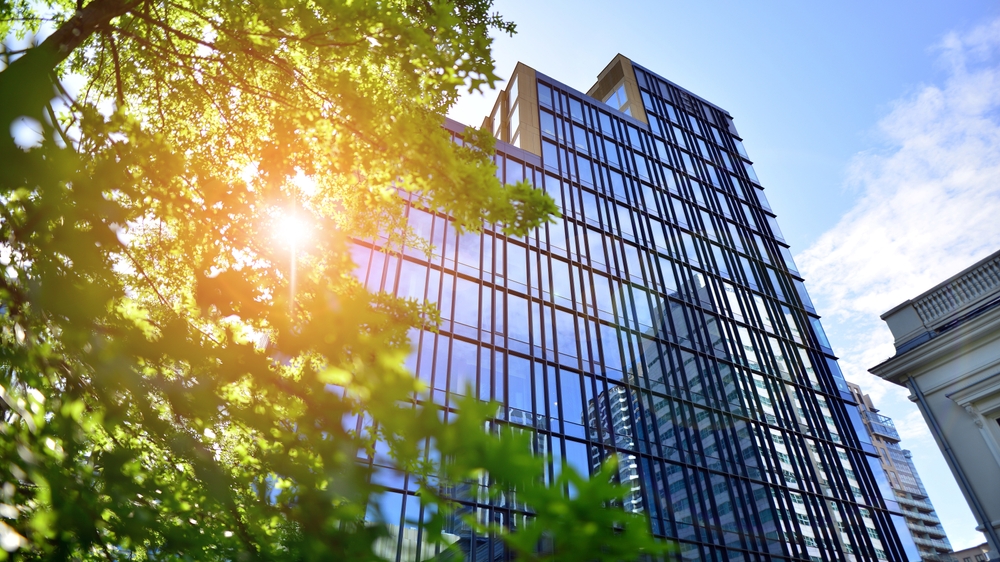Commercial, Energy Efficiency, GHG Emissions - January 17, 2025
Frasers Property Thailand Receives SBTi Validation
Frasers Property (Thailand) Public Company Limited (FPT) received validation from the Science Based Targets initiative (SBTi) for its near-term GHG reduction targets across all three scopes.
This makes it the first real estate company in Thailand to receive validation from SBTi for its near-term targets, affirming its strong commitment to sustainability.
FPT seeks to lower direct GHG emissions (Scope 1), indirect energy-related emissions (Scope 2), and indirect value chain-related emissions (Scope 3) by 42% by 2030, compared to the base year 2021.
The company also aims to achieve net-zero carbon across Scopes 1, 2 and 3 by 2050 as a member of the Frasers Property Group.
"Real estate forms such an integral part of our daily lives that it is important for us to step up our environmental leadership and address the impact of climate change,” said Thanapol Sirithanachai, country Chief Executive Officer of Frasers Property (Thailand) Public Company Limited, said in a statement. “We hope that FPT’s milestone as the first SBTi-validated company in Thailand and our comprehensive plans to achieve our goals will help inspire and set an example for others to follow.”
The company has increased its sustainability initiatives across various dimensions, including:
- Increasing renewable energy usage across its residential, industrial, and commercial businesses including through solar photovoltaic installation with a target to install 41 MW of solar capacity by 2030.
- Designing and developing all new rental property projects, including factories, warehouses and office buildings, in compliance with green building standards such as LEED, TREES, and EDGE. Existing properties will be upgraded to meet these green standards. FPT aims for 85% of its managed assets to be certified or in the process of obtaining green building certification by 2030.
- Sourcing energy-efficient technologies and innovations, such as Energy Management Systems (EMS) for optimal energy consumption control and monitoring and motion sensors for movement detection, to reduce electricity usage. The company has also standardized the use of energy-efficient LED lighting and water-saving fixtures across all of its projects.
- Increasing the proportion of environmentally-friendly building materials in the construction process, such as concrete containing recycled substitute materials, steel with recycled content, and low-VOC (volatile organic compounds) paints.
Stay Up-To-Date












